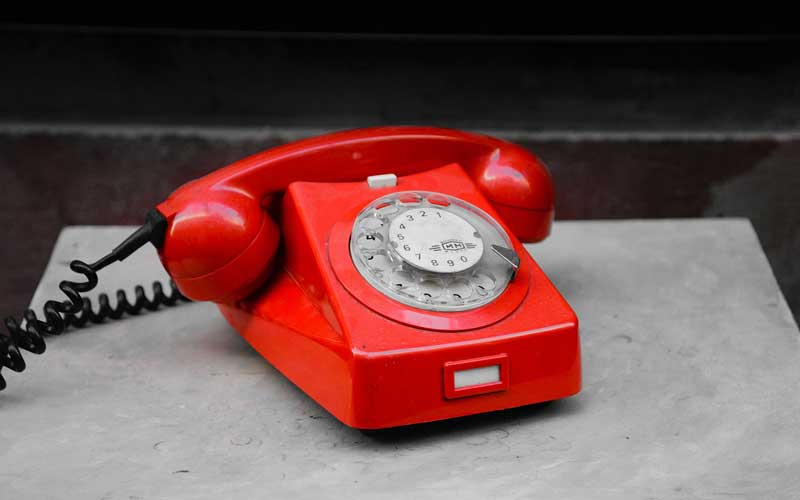In the ever-evolving landscape of modern communication, he deleted my number but didn’t block me the act of deleting a contact number while refraining from blocking someone has become a nuanced gesture that speaks volumes.
he deleted my number but didn’t block me
- The Digital Etiquette Dilemma
- Ambiguity Breeds Intrigue
- Preserving a Digital Trace
- A Subtle Form of Communication
- Protection Without Severance
- Protection Without Severance
- Leaving Room for Reconnection
- The Unfinished Conversation
- A Catalyst for Reflection
It’s a digital maneuver that holds a myriad of unspoken meanings and emotional undercurrents. In this article, we’ll delve into the psychology behind this action, exploring the potential motivations and the impact it can have on relationships For more information about Im Propriety
The Digital Etiquette Dilemma
As technology continues to shape the way we connect, the lines between online and offline interactions become increasingly blurred. Deleting a contact without blocking might seem like a subtle move, but it is a deliberate choice in the digital etiquette playbook. Unlike blocking, it leaves the door ajar, inviting speculation and introspection.
Ambiguity Breeds Intrigue
The act of deleting a number without blocking is an exercise in ambiguity. It raises questions in the mind of the person on the receiving end. Is it a deliberate move, a momentary lapse, or a sign of deeper issues? The absence of a clear-cut answer prompts individuals to analyze and dissect the possible meanings, often leading to overthinking.
Preserving a Digital Trace
Deleting a number, as opposed to blocking, preserves a digital trace of the connection. It’s a way of saying, “I’m removing you from my immediate sphere, but I’m not erasing you entirely.” This intentional preservation of a digital footprint introduces an element of permanence, even in the act of removal.
A Subtle Form of Communication
Communication is not always verbal or textual; it extends to the realm of actions. Deleting a number without blocking is a silent form of communication, conveying a message through a lack of action. It’s a way of expressing a desire for distance without explicitly vocalizing it.
Protection Without Severance
Choosing to delete a number instead of blocking can be a protective measure. It sets a boundary without severing the connection entirely. This can be a way of safeguarding one’s emotional well-being while acknowledging the shared history and not completely closing the door.
Leaving Room for Reconnection
Unlike blocking, which is a decisive and often irreversible action, deleting a number allows for the possibility of reconnection. It acknowledges the fluidity of relationships, recognizing that circumstances and feelings can evolve. By not severing all ties, it leaves room for future communication if both parties are willing.
The Unfinished Conversation
Deleting a number without blocking leaves conversations unfinished. It’s akin to closing a book without reaching the final chapter. This open-endedness can be unsettling, leaving individuals grappling with unresolved emotions and unanswered questions.
A Catalyst for Reflection
For the person whose number has been deleted, it becomes a catalyst for reflection. The absence of communication prompts introspection, forcing one to evaluate the dynamics of the relationship and the potential reasons behind the deletion. It’s a journey into self-discovery spurred by the digital void left in its wake.
The Digital Dance of Connection and Disconnection
In the intricate dance of digital communication, deleting a number without blocking emerges as a subtle yet impactful move. It blurs the lines between connection and disconnection, leaving room for interpretation and introspection. As we navigate the complexities of modern relationships, understanding the nuances of these digital gestures becomes crucial in decoding the unspoken language of emotions.




